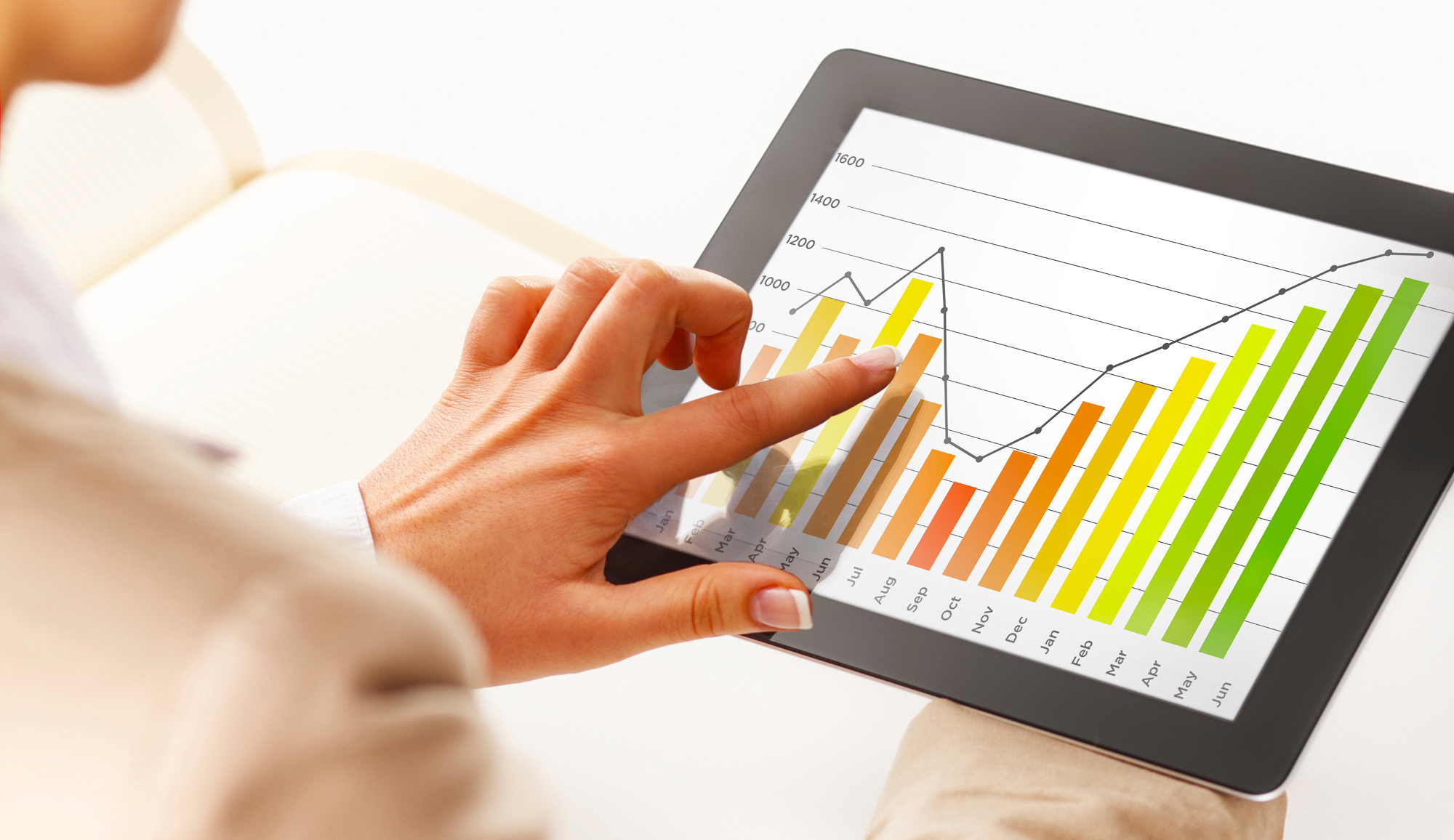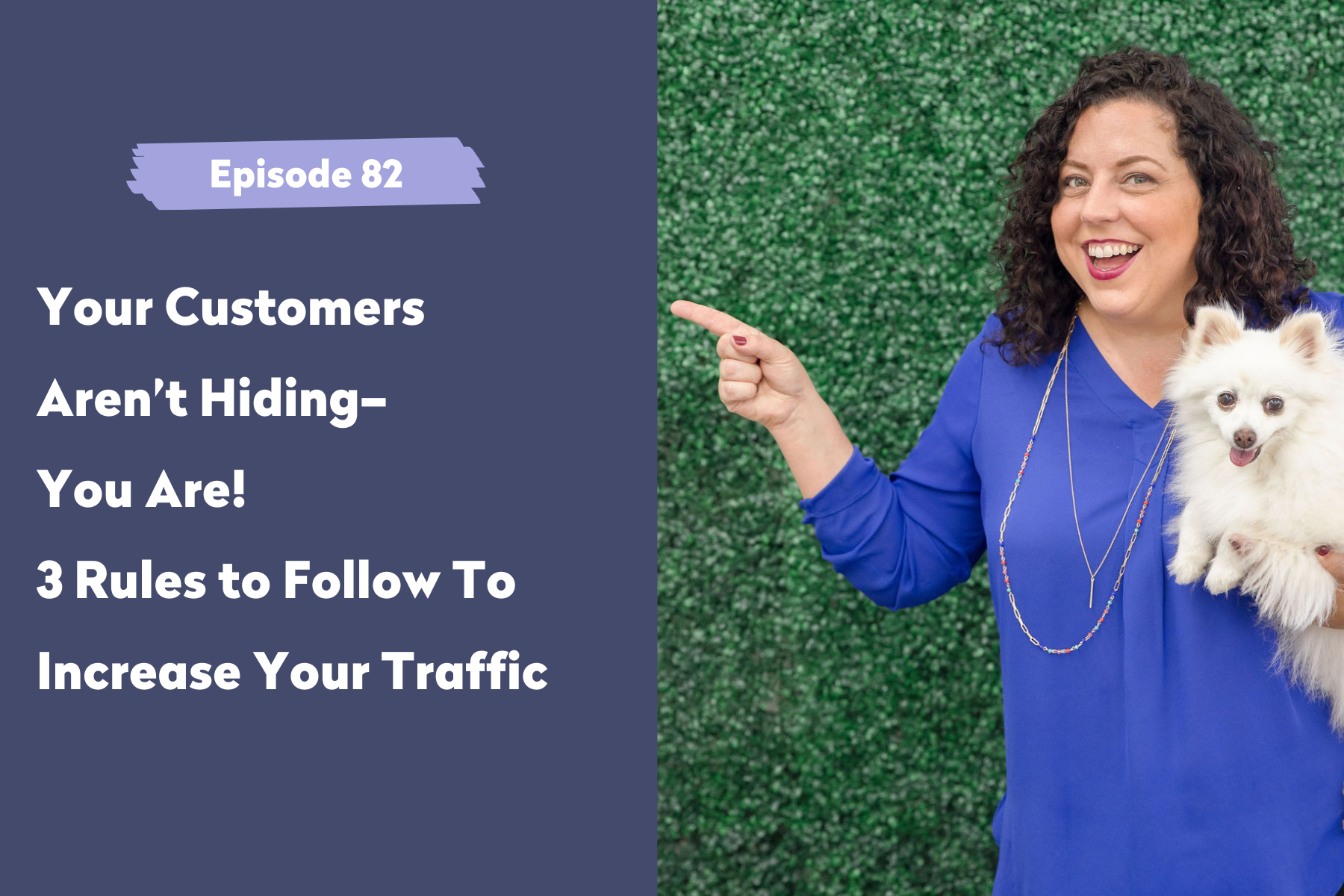

By identifying behavioral patterns and customer preferences, retailers can boost sales by optimizing the buying process. The second part of retail traffic analysis focuses on how customers behave inside the store. You need to list products that appeal to that demographic to ensure sales and better conversion rates. Say you manage a footwear store, and your traffic analytics show that young men between the ages of 18 and 23 are your prevalent customers. This information can be used to optimize product listing.

With this, store visitors may be separated into categories based on their ages and genders. V-Count also offers retailers a Demographic Analysis solution. Perhaps by improve window displays or offering discounts. Store managers may address this by devising strategies to boost walk-in traffic. This may indicate that the store is not attractive to pedestrians. If 1000 people walk past a store and only ten people enter, that’s a draw-in rate of 1%, which is relatively low.

This is calculated by comparing pedestrian traffic to walk-ins. With data from Street and Customer Counters, you can determine your store’s draw-in rate. V-Count’s Business Intelligence Platform (BIP) analyzes historical data from our Ultima AI traffic counters to determine the hours, days, or seasons that prospects are more likely to visit. Customer counting technologies are required to identify a store’s busiest periods. If you know what times to expect increased visitor traffic, you can prepare accordingly and make the most of the extra footfall. This is a crucial metric because it provides insights into customer behavior. This provides an overview of how many people visit your store, your busiest periods, and other pertinent information about your visitors. The first step is to calculate and analyze visitor traffic data. Sometimes, it is simply due to a lack of knowledge about using and leveraging such data. Some retailers have constant access to such details because they actively collect and analyze store traffic data.Īccording to the National Retail Federation (NRF), only 47% of retail businesses leverage customer analytics, often due to a lack of fully integrated customer data or integration into other operational data. Based on this information alone, you can create a lot of sales opportunities and optimize store operations. The data also shows that around 60% of your prospects visit between 10 a.m. This provides insights into customer behavior and preferences, and by identifying common trends, you are better placed to maximize store traffic.Ĭonsider this: you manage a furniture showroom, and store analytics indicate that 75% of your visitors are women. You can collect traffic data and extract key retail analytics from it. However, this constant stream of traffic can be leveraged to create an alternate source of value for retailers. The primary objective of a store is to attract visitors and make sales. Retail stores receive millions of visitors every year.


 0 kommentar(er)
0 kommentar(er)
